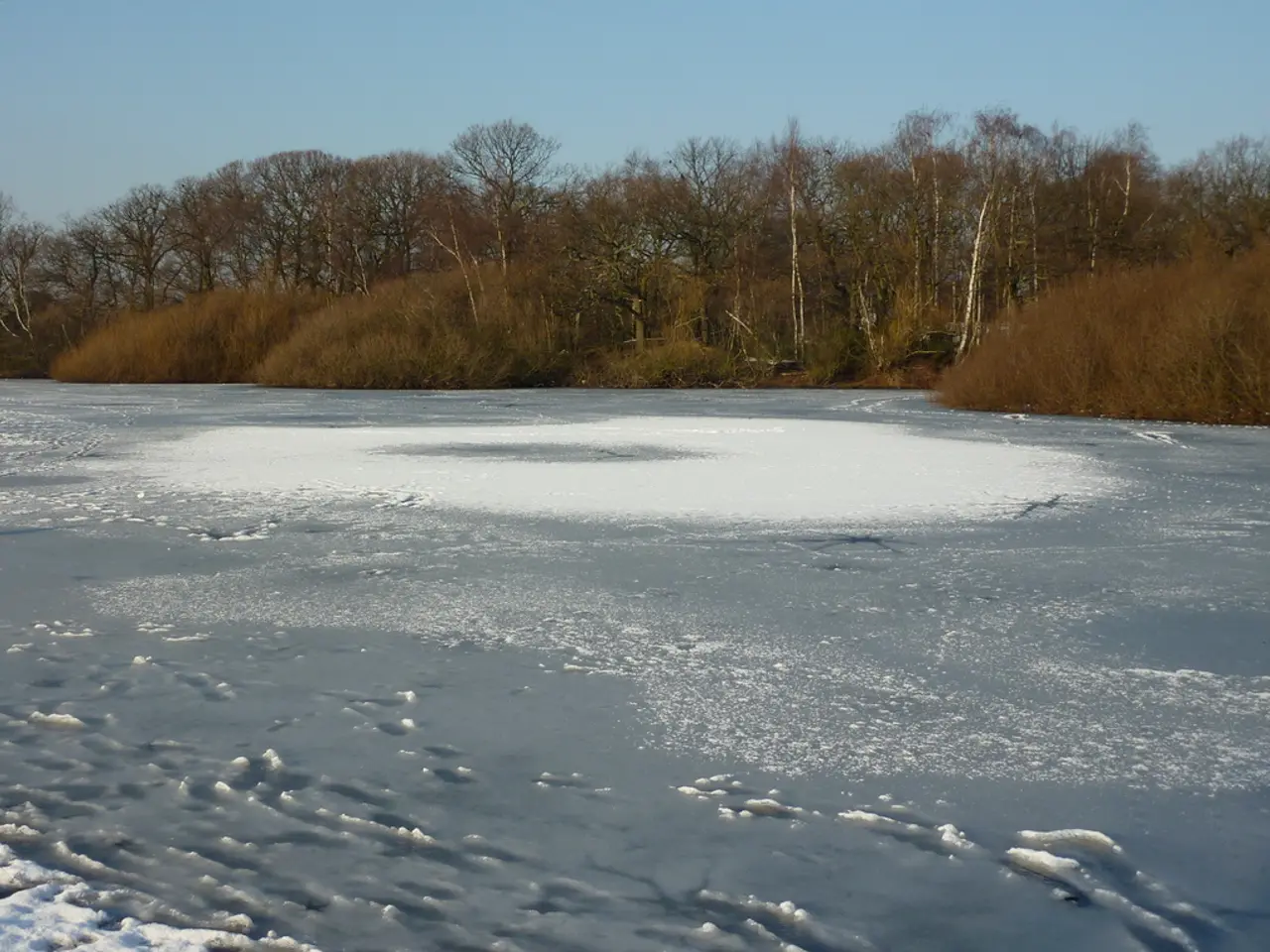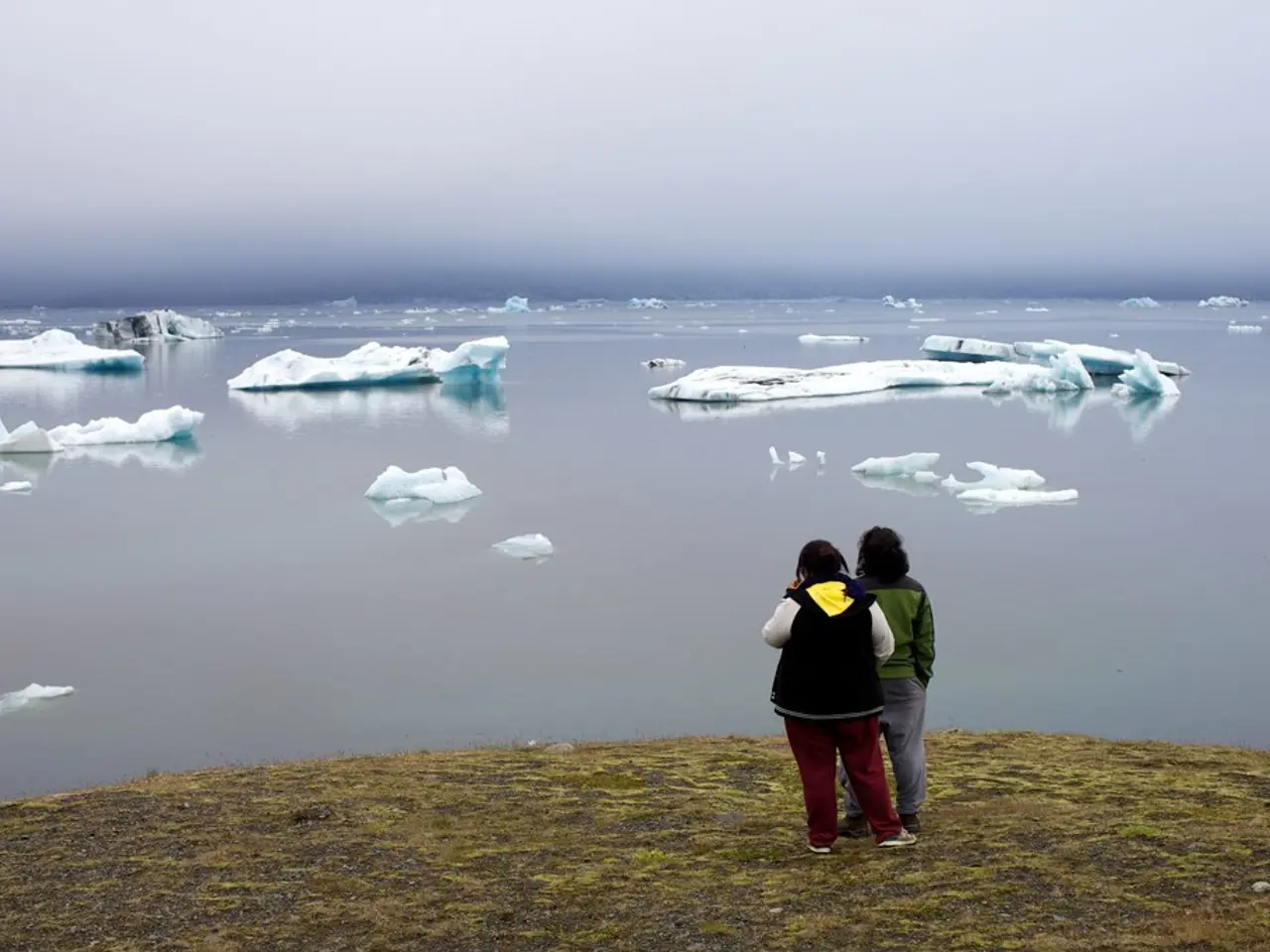Saarland Experiences Moderate Flood Threat Compared to Other Regions in Country - Reduced Flood Risk in Saarland
Germany, much like other countries, faces the constant threat of severe flooding due to its geography and climate. The Saarland region, specifically, is not uniquely highlighted as being at an increased risk compared to other parts of Germany, but it is susceptible to flooding due to its location and the broader European climate trends.
Last year, the Saarland experienced heavy rainfall-induced flooding that caused approximately 46 million euros worth of damage to municipal infrastructure. Such floods can occur due to heavy rainfall, snowmelt, or a combination of these factors known as rain-on-snow (ROS) events. ROS events can significantly increase the risk of flooding, as they can rapidly melt existing snowpack, leading to sudden and severe water rises.
To manage flood risks, Germany employs a combination of advanced hydrological models, hazard assessments, and infrastructure measures. Nature-Based Solutions (NBS) are increasingly being considered to mitigate flood risks, as seen in other European contexts. For Saarland, it is crucial to implement comprehensive flood protection strategies, including early warning systems, flood-control structures, and sustainable land-use planning to reduce the impact of extreme events.
According to the German Environmental Aid (DUH), the Saarland has a lower flood risk compared to several other federal states. However, the flood risk index in the Saarland is 5.65, which falls into the "High" risk category. In the event of a so-called centennial flood, around 5,050 residential addresses in the Saarland would be affected.
Sascha Müller-Kraenner, the federal managing director of the German Environmental Aid, has stated that the federal states are currently not doing enough to protect the potentially hundreds of thousands of people at risk from floods. He emphasises the importance of nature-based flood protection, such as providing rivers and streams with more space, retaining water in forests, meadows, and wetlands.
The DUH also suggests that due to the climate crisis, water levels of a magnitude similar to those of a centennial flood may occur more frequently in the future. This underscores the need for effective flood management strategies to protect communities and infrastructure from these events.
While specific data on centennial floods in Saarland is not readily available, the broader context suggests that Germany, including regions like Saarland, needs to be vigilant about flooding risks. Effective flood management strategies are essential to protect communities and infrastructure from these extreme events.
In the light of the escalating climate crisis, vocational training programs focusing on environmental science and climate-change adaptation could be vital for Saarland's future, enabling its community to mitigate the risks of floods more effectively. Moreover, as science suggests that the water levels of a centennial flood may occur more frequently due to the climate change, incorporating nature-based solutions, such as providing rivers and streams with more space and retaining water in forests, meadows, and wetlands, into the Saarland's community policy could significantly enhance its flood management strategies.








